Nothing in all nature has consumed more of my working hours or moved me more profoundly than swans.
I am not sure how or why they first got under my skin, but it was more than 40 years ago and there they remain, and the fascination only deepens.
The double-edged nature of humankind’s relationship with swans is unquestionably part of that fascination. So it was with a groan of here-we-go-again familiarity that I read the Courier story about the territorial behaviour of the mute swan cob in Arbroath’s Keptie Pond.
The vocabulary of disgruntled human residents included “traumatised”, “slaughter”, “cannibal” and “terrorise”.
All this because the cob’s defence of its nesting territory includes attacking and sometimes drowning ducks and ducklings.
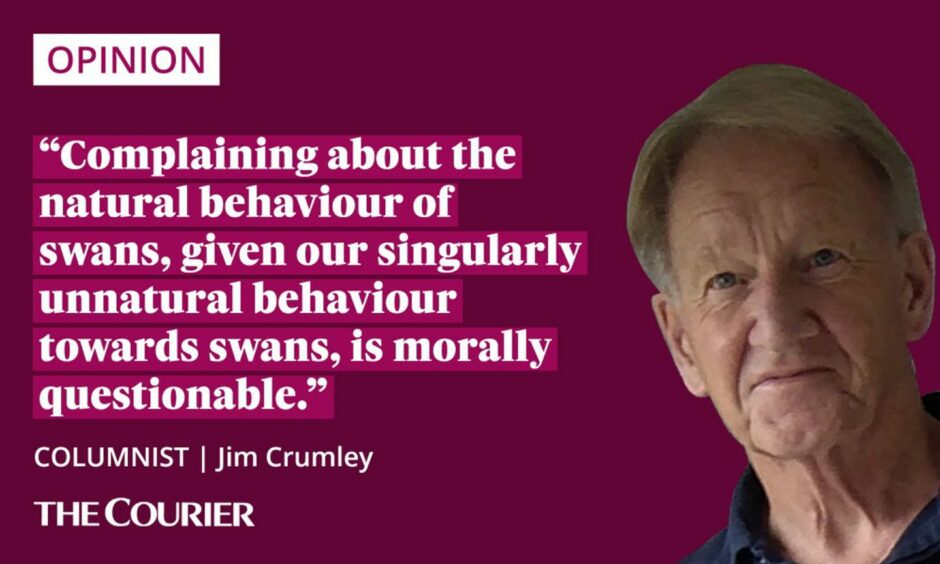
It is unarguable that some cobs are more aggressive than others, and that to human eyes their behaviour can be upsetting .
Some members of Keptie Friends want the swan removed.
One suggested: “It may sound wrong to try to remove him because it is nature, but nature would thrive in a much more prosperous way if he wasn’t there.”
So much for the case for the prosecution. Allow me to present the case for the defence.
Man’s inhumanity to swan
Item number one: a sample cross-section of the treatment of mute swans by people.
Here is the result of a year-long study into the breeding success of 10 pairs of mute swans.
Sixty-five cygnets were hatched, 52 were killed. Thirty-eight died because of fishing hooks and lines, three were shot, nine died as a result of boating accidents, five of which were intentional, two were killed by stoning and 13 survived.
The survey was conducted by a swan hospital in England, but similar experiences are widespread.
Its founder Len Baker thought he had seen it all until he rescued a swan tangled in a fishing line, released her, but found her again two years later, crucified on a tree with crossbow bolts through her wings and chest.
Janet Kear, author of Man and Wildfowl, wrote of an incident that involved the fastening around a swan’s beak of a tight rubber band that prevented it from feeding and drinking.
Only after eight days was it sufficiently weakened to be caught and have the band removed.
Corpse told a terrible story
During a 30-years-long study of a mute swan territory on Loch Lubnaig, I found the corpse of one of the three different pens that had occupied the nest.
For various reasons too complicated to detail here, I wanted to know how she died. I delivered the corpse to a clinic and arranged for a post mortem (£30 plus VAT at the time: did you know there was VAT on a dead swan?).
What came back to me was this:
“The swan was thin and weighed only 7kg. She had a chronic injury under the right wing…the remains of a perished condom was stuck to the feathers of the neck close to the head… an air rifle pellet was found lying adjacent to the windpipe…the most significant internal changes include dilation of the lower end of the gullet and enormous distension of the lower colon and rectum. This swan has suffered a chronic debilitating disease and the internal changes strongly suggest lead poisoning…”
Keptie Pond is better for having a swan on it
Item number two: the proposition that nature would thrive more prosperously at Keptie in the absence of the cob is suspect at best.
A nesting cob is a formidable defender not just of its nest but also its entire territory.
The point is this. Our species is in no position to decide what is good for swans and what isn’t
Other threats to the wildfowl of the pond like dogs, big gulls and foxes, are greatly diminished by the cob’s presence.
Swans are also known to assist in maintaining the water quality of their territories.
Whose pond is it anyway?
Item number three: a cautionary story about removing the cob.
Some content and tired bundles of fluff, a few of our orphan and recovering cygnets pictured here drying out after a splash around at the sanctuary. All are growing nicely too! pic.twitter.com/wXcOuiyLuV
— Yorkshire Swan & Wildlife Rescue Hospital (@Swan_Rescue) June 1, 2022
I once interviewed the owner of a swan sanctuary in Surrey for a television programme.
She told me about five swans that were rescued from different places, brought to the sanctuary, and successfully treated.
When they were released, they were driven 30 miles to a reservoir, and set free there.
The drive back for the owner and a member of staff was particularly slow through heavy traffic.
When they finally reached the sanctuary, it was to discover the five swans had flown straight back and were swimming in one of the ponds there.
Keptie Pond swan is a part of nature
The point is this. Our species is in no position to decide what is good for swans and what isn’t.
Complaining about the natural behaviour of swans, given our singularly unnatural behaviour towards swans, is morally questionable.
This is the gamekeeper mentality: they don’t like what a particular creature does, so get rid of it.
We like to talk about the balance of nature but there is no such thing.
And it is a fundamental of nature that some creatures die so that others live.
If that’s true of a duck-drowning swan at Keptie, it’s also true of the worm-slaying blackbird in your back garden. So what do you plan to do about that?
Or, here’s a better idea: let wildlife manage wildlife.
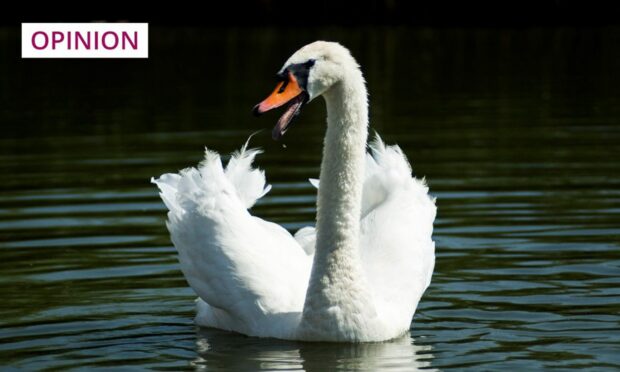
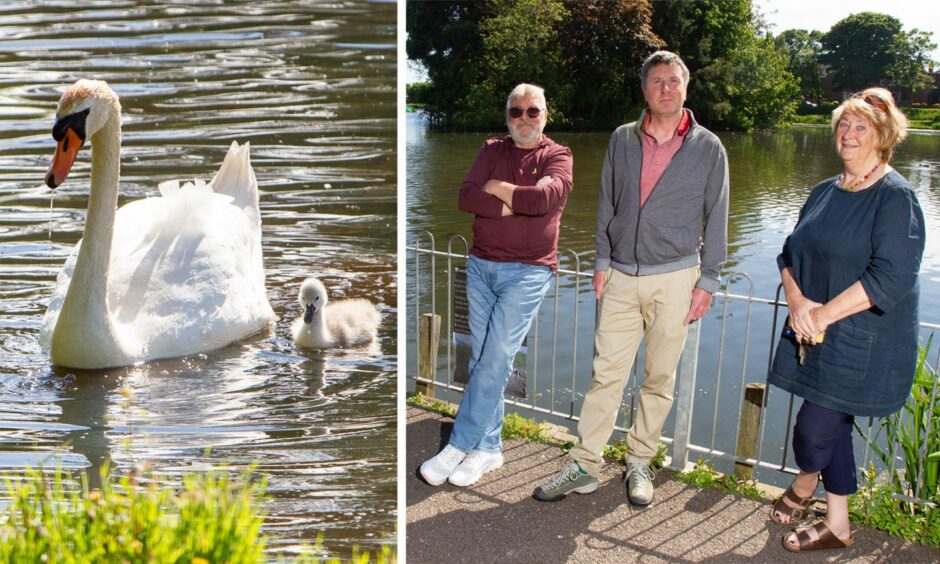
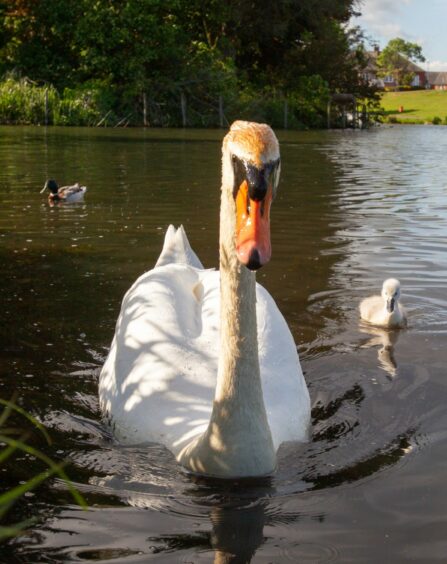



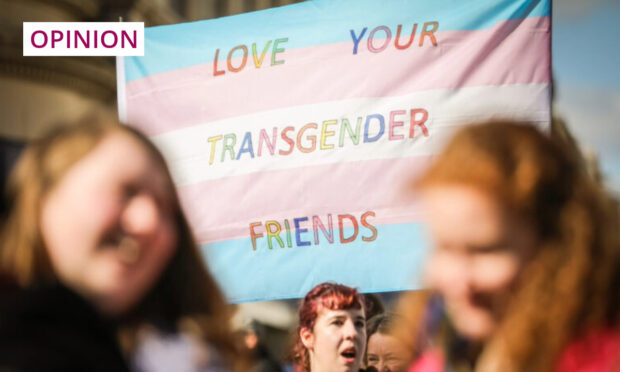
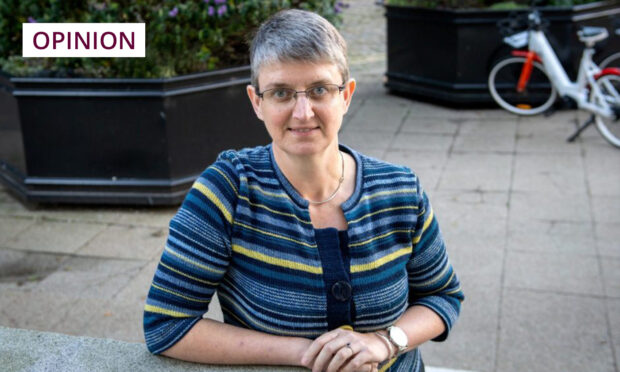





Conversation